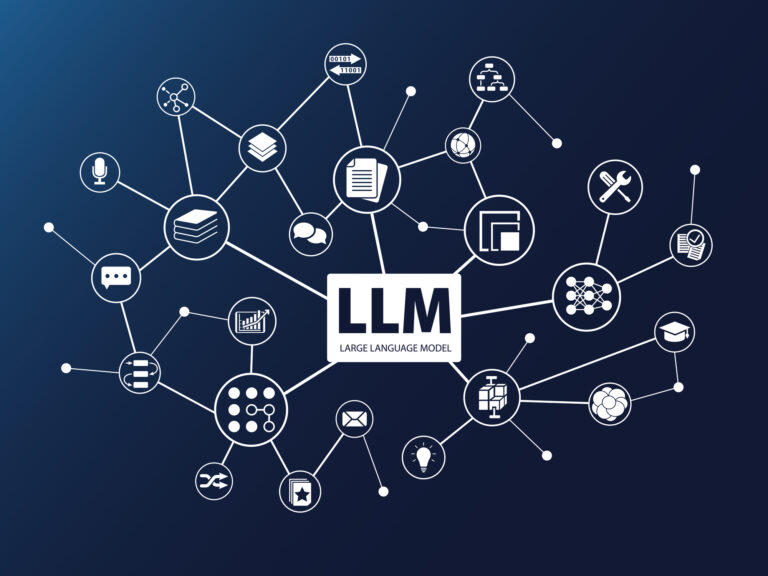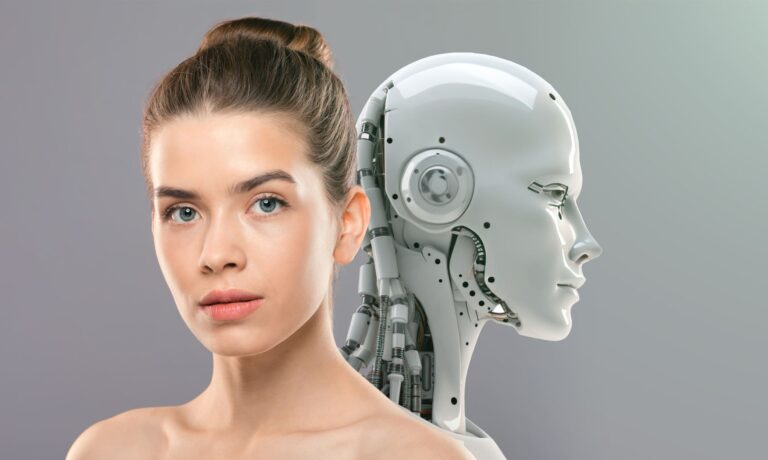Transformers without decepticons
Don’t have time to read the whole thing?
The fundamental idea is that transformer technology is an emerging technology with great potential in natural language processing. Transformers are able to generate high quality text, translate languages and answer questions in an informative way. However, it is important to be aware of the limitations and risks of transformers, in particular biases.
Transformers without decepticons
Transformer technology is a type of neural network architecture used in natural language processing (NLP). The key feature of Transformers is that they are able to learn long-range relationships between words, which allows them to generate high-quality text, translate languages accurately and answer questions in an informative way.
Transformers rely on a mechanism called “attention”, which allows the neural network to focus on the words relevant to the task at hand. Attention is calculated using a mechanism called self-attention, which allows the neural network to learn relationships between words in the same sequence.
Transformers have been used successfully in a variety of NLP tasks, and are at the heart of the most common applications of these technologies, including:
- Text generation
- Machine translation
- Question answering
- Text summarisation
- Text classification
It is worth noting that the applications of transformers go beyond text and are now used in other areas such as machine vision, signal analysis or even the study of proteins.
How a transformer works
Although there are exceptions (BERT uses only the encoder part and GPT only the decoder part, for example), a transformer is generally composed of two main parts: an encoder and a decoder.
The encoder is responsible for learning the representation of an input sequence, while the decoder is responsible for generating an output sequence
The encoder consists of a series of self-attenuating layers. Each self-attention layer calculates the attention between the words of the input sequence. The attention is used to compute a new representation of the input sequence, which is passed to the next self-attention layer.
The decoder consists of a series of self-attention layers and an output layer. The self-attention layers calculate the attention between the words of the output sequence and the input sequence.
The attention is used to generate the next word of the output sequence (in some architectures, in others it is used to guess a word between two other words).
Advantages of transformers
Transformers have a number of advantages over previous neural network architectures:
- They are capable of learning long-range relationships between words.
- They are more efficient than previous neural network architectures.
- They are easier to train.
Disadvantages of transformers
As Jack Lemmon said to Tony Curtis at the end of a certain famous movie, “well, nobody’s perfect”. Transformers also have a number of disadvantages, perhaps some of the most important being:
- They can be difficult to understand and explain.
- They can be biased, depending on the data used to estimate the language model.
- They can sometimes produce incorrect or inconsistent responses (hallucinate).
Transformers have driven the creation of extremely advanced language models, such as the popular ChatGPT. The transformer is the revolutionary new technology, and language models are the products that are created from it. However, it is important to note that language models are not people. They do not have the ability to think or reason in the same way as humans. Therefore, they may generate text that is incoherent or absurd. For this reason, whenever you use a language model to gather information, it is important that you verify it with a trusted source. You can also try to provide the model with more information about the topic in question (give it context).
We hope this article has helped you understand a little more about the role of transforms in natural language processing. At LHF we are experts in working with them and we can help you get the most out of them and make them work for you and your company. Write to us! We would be delighted to hear about your case.






